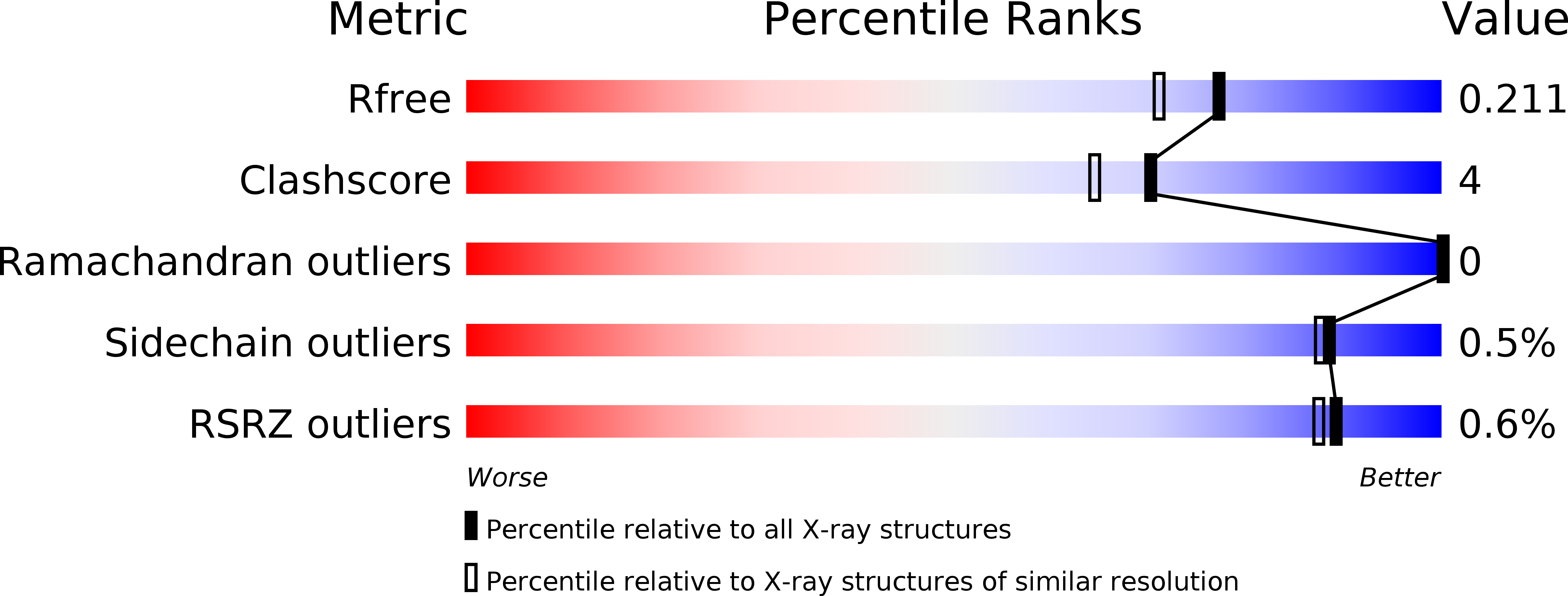
Deposition Date
2007-11-06
Release Date
2007-11-20
Last Version Date
2024-11-13
Method Details:
Experimental Method:
Resolution:
1.80 Å
R-Value Free:
0.20
R-Value Work:
0.15
R-Value Observed:
0.15
Space Group:
P 1


